Photo: Duong Quoc Hieu
According to Hong Kong newspaper SCMP, villages perched precariously on mountain slopes across Asia offer breathtaking scenery, mesmerizing views and agricultural techniques that have survived for generations.
Whether accessed by winding mountain passes, forest trails or cable cars, each of the six destinations below invites visitors to slow down, take a deep breath and appreciate the life shaped by altitude, heritage and unique location.
Ta Van, Vietnam
12 km from the center of Sa Pa (Lao Cai province), Ta Van nestles in a lush green valley, home to the Giay and H'Mong ethnic groups. Traditional stilt houses are scattered among terraced fields that change color with the seasons, surrounded by streams, waterfalls and bamboo forests. Unlike the crowded Cat Cat village, Ta Van maintains a slow pace of life. Visitors can rent motorbikes to explore further villages, or simply follow the trails to watch the sunrise dye the entire valley golden.
Photo: rachelmeetschina
Huangling, China
Situated on the slopes of Wuyi Mountain (Jiangxi Province), Huangling Village is ablaze with colour every autumn. The white-walled houses with black-tiled roofs - a typical architectural style - are covered with bamboo trays for drying red peppers, yellow corn, and dried chrysanthemums, creating a brilliant picture called "golden roofs". The 500-year-old tradition of drying agricultural products was lost until its revival in 2009, turning Huangling into a model rural tourist destination.
Cable cars take visitors from the foot of the mountain to the village, passing through terraced fields and observation decks - especially popular during shaiqiu (drying produce) season.
Photo: Mavis Vi Vu Ky
Mae Kampong, Thailand
About an hour’s drive from Chiang Mai city, Mae Kampong is covered in a thin layer of mist and has a cool climate all year round, making it ideal for growing tea and coffee. Community-based tourism plays an important role in life here, helping people maintain their traditions and improve their livelihoods through activities such as harvesting crops and tending livestock.
If you only have one day to explore the village, you can buy a package tour for 1,300.
Photo: Lakrook
Hundar, India
Nestled in the Nubra Valley of Ladakh, the village of Hundar is nestled between wind-blown sand dunes and the foothills of the Himalayas. Hundar blends natural beauty, Buddhist culture and the hospitality typical of northern India.
Standing out against the white sand are the ruins of the Elephant Palace and the ancient red-white gompa monasteries. At night, visitors can "glamp" and watch the stars. The experience of riding a 2-humped camel at sunset brings a surreal scene when the mountain shadows dye the valley purple and yellow.
Photo: Giang Huy
Shirakawa, Japan
Nestled in the Gifu Mountains, Shirakawa evokes memories of old Japan with its gassho-zukuri thatched roofs (like clasped hands) designed to slope up to 60 degrees to allow snow to slide down. Some of the old houses have been turned into upscale ryokan (traditional inns), such as Shiroyamakan (from $353/night) and Shimizu (from 8,800 yen/night), which serve tea ceremony-style dinners over wood-burning stoves.
The village changes with the seasons - snowy in winter, blooming in spring, lush green in summer and golden in autumn. Day tours to Shirakawa cost around ¥12,000, with an English-speaking guide.
Photo: The Common Wanderer.
Ella, Sri Lanka
Nestled in the tea plateau, Ella is a quiet stop for those looking to escape the dusty coastal tourist routes. The Colombo-Badulla train crosses the Nine Arch Bridge for breathtaking views of terraced tea fields, waterfalls and dense forests. Visitors often choose the Little Adam's Peak trekking route with its 360-degree view of the clouds and mountains. Here, the resort costs from $200/night and is built entirely from recycled wood on a tea plantation, facing the majestic Ella Gap.
Source: https://baohatinh.vn/ta-van-sa-pa-nam-trong-6-ngoi-lang-dep-nhat-chau-a-post291890.html



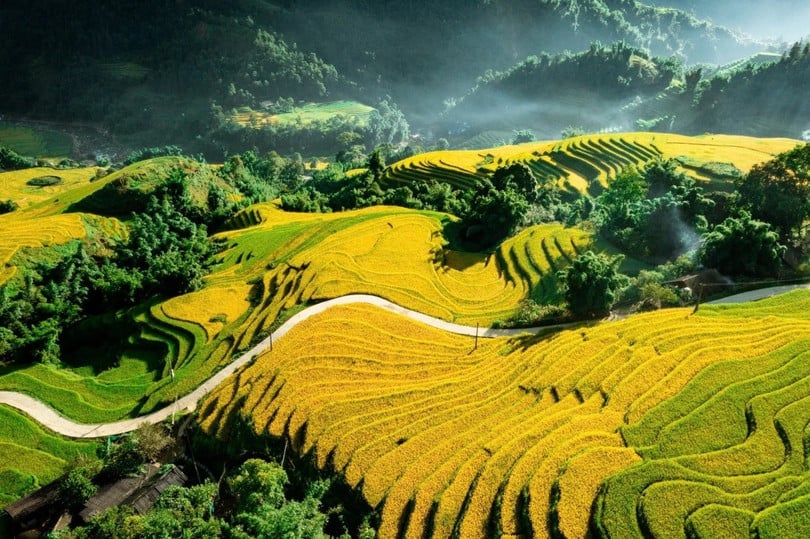
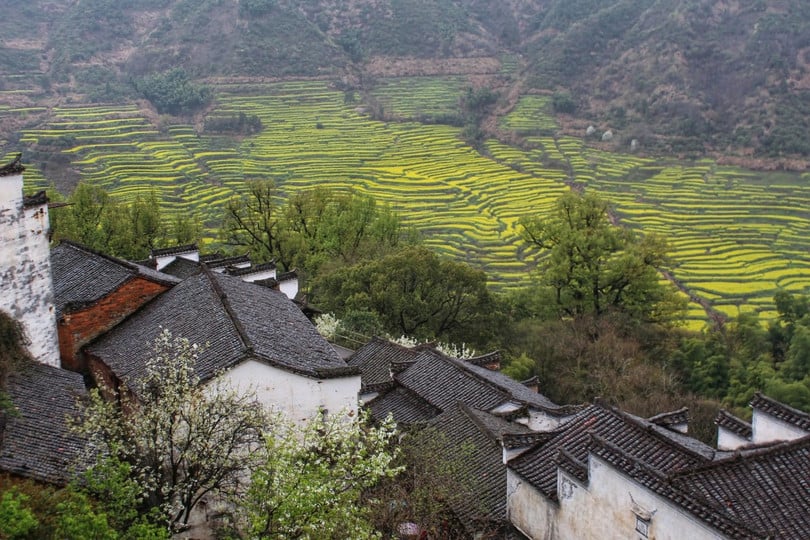
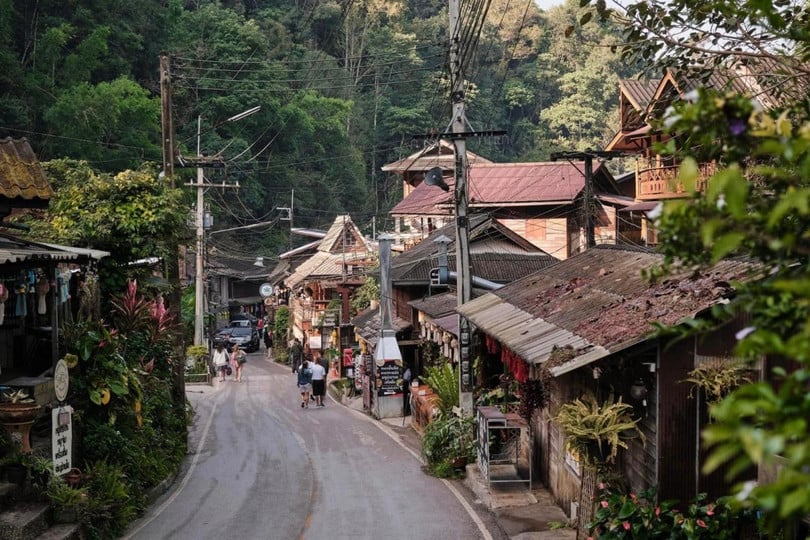
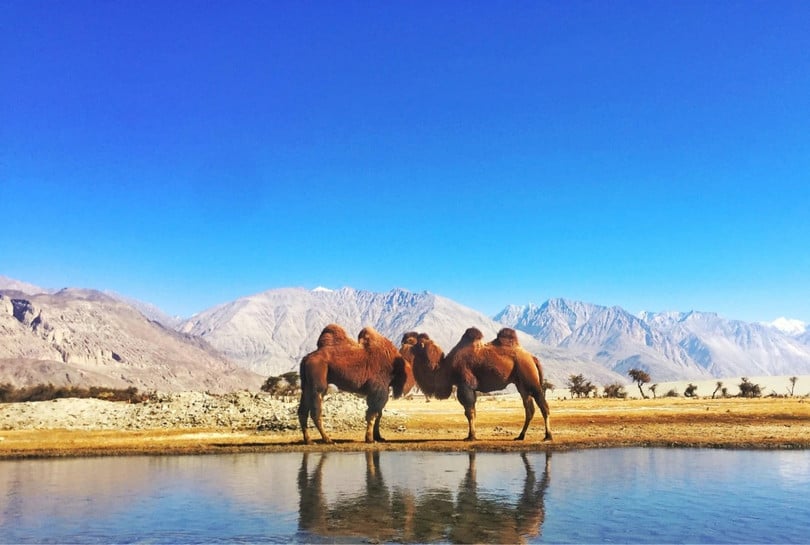
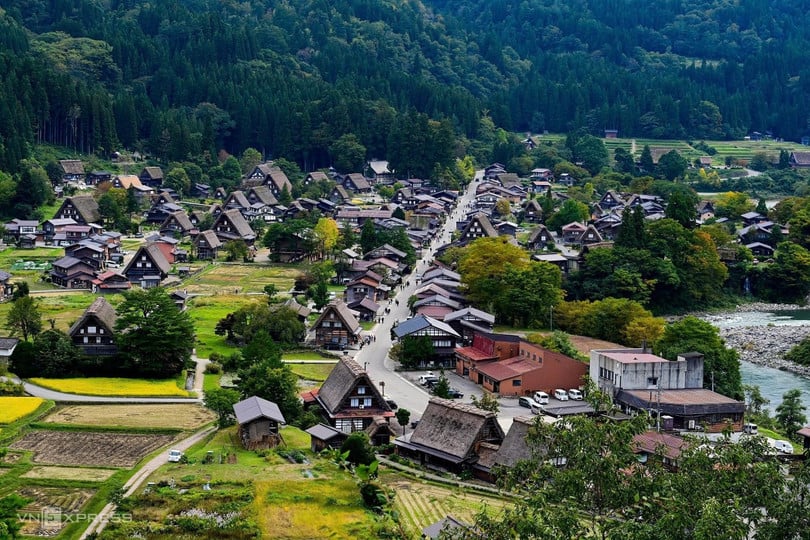
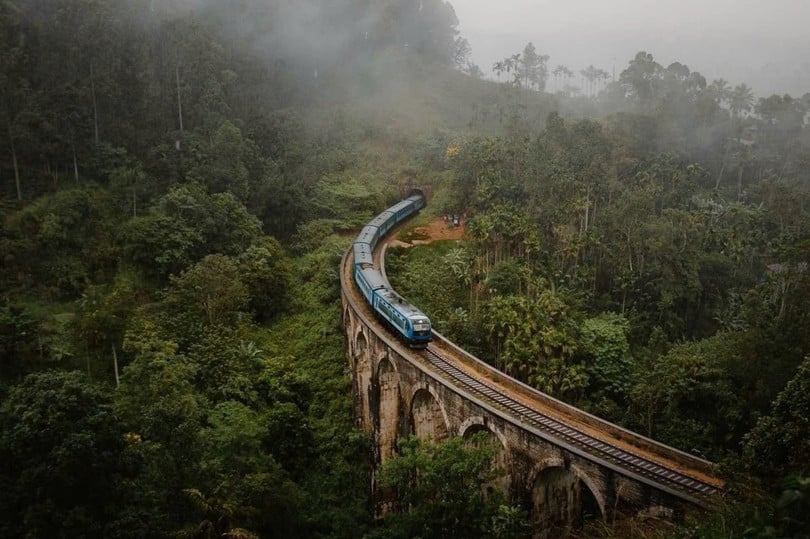
![[Photo] National Assembly Chairman Tran Thanh Man meets with First Secretary and President of Cuba Miguel Diaz-Canel Bermudez](https://vphoto.vietnam.vn/thumb/1200x675/vietnam/resource/IMAGE/2025/9/2/c6a0120a426e415b897096f1112fac5a)
![[Photo] Special art program "Da Nang - Connecting the future"](https://vphoto.vietnam.vn/thumb/1200x675/vietnam/resource/IMAGE/2025/9/2/efdd7e7142fd45fabc2b751d238f2f08)


![[Photo] National Assembly Chairman Tran Thanh Man receives First Vice Chairman of the Federation Council of Russia](https://vphoto.vietnam.vn/thumb/1200x675/vietnam/resource/IMAGE/2025/9/2/3aaff46372704918b3567b980220272a)
![[Photo] Lao President Thongloun Sisoulith and President of the Cambodian People's Party and President of the Cambodian Senate Hun Sen visit the 95th Anniversary Exhibition of the Party Flag Lighting the Way](https://vphoto.vietnam.vn/thumb/1200x675/vietnam/resource/IMAGE/2025/9/2/3c1a640aa3c3495db1654d937d1471c8)



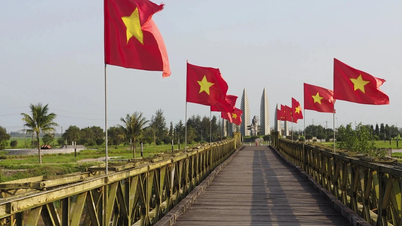

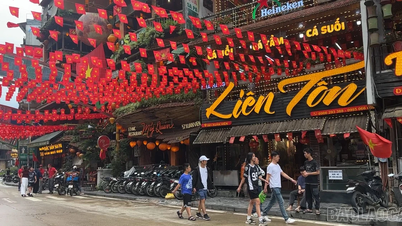
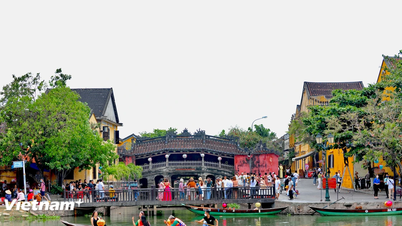



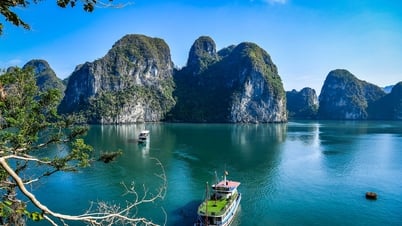

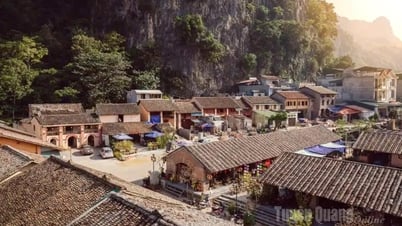



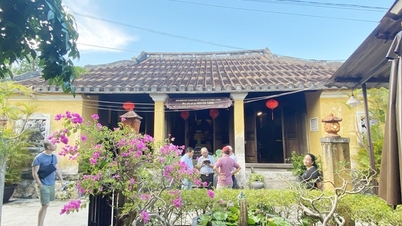

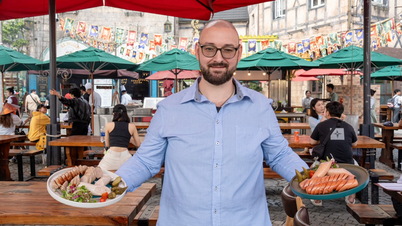

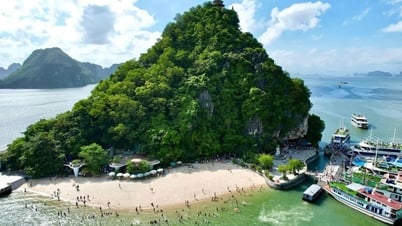






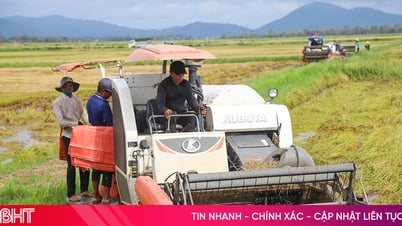





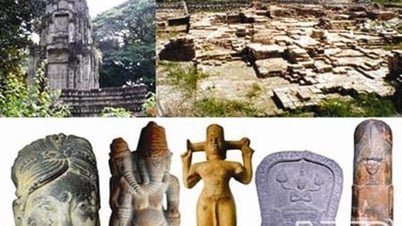

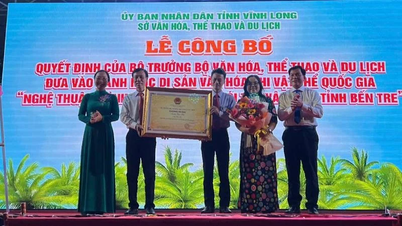


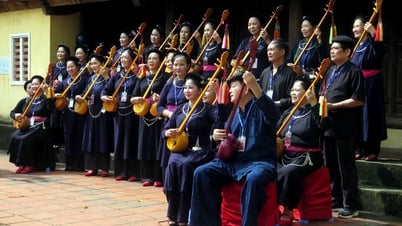




















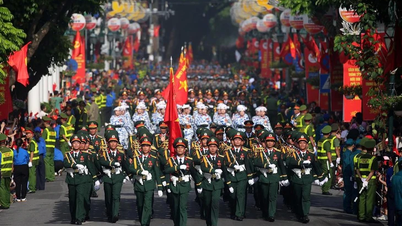
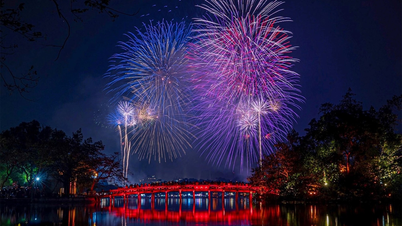




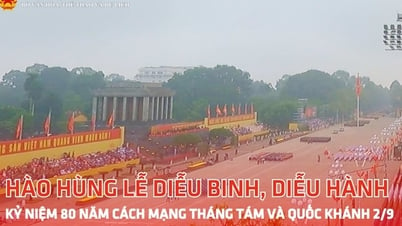








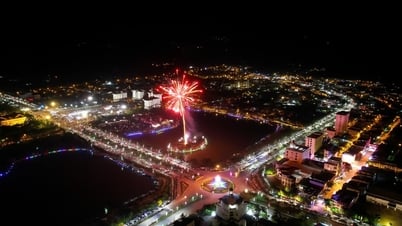



















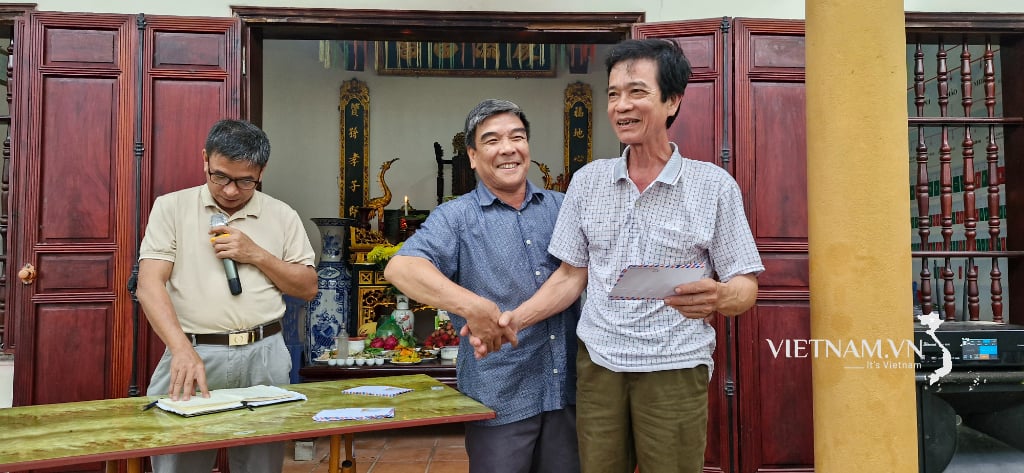
Comment (0)